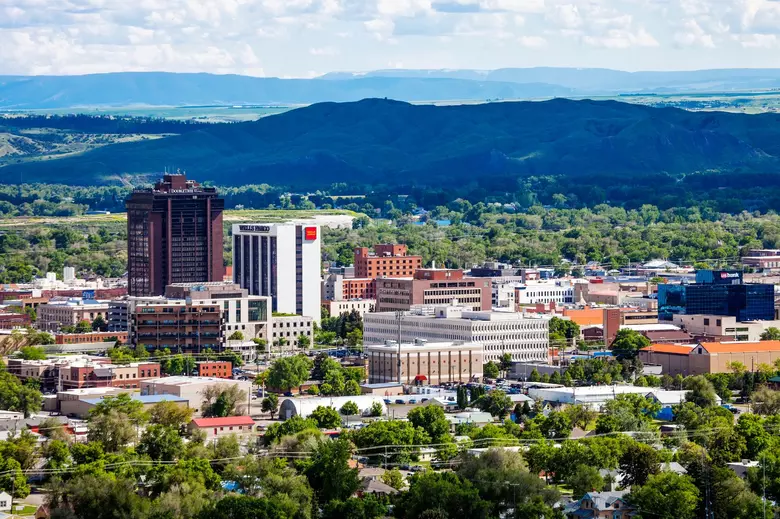In an era where environmental consciousness reigns, the health of our cities has never been more crucial. Montana, known for its picturesque landscapes and unspoiled wilderness, holds a hidden truth beneath its breathtaking beauty. According to recent statistics, certain cities in the state have faced environmental challenges that deem them the most toxic.
Butte
Situated in southwestern Montana, Butte, known as “The Richest Hill on Earth,” is one of the first cities to emerge as a prominent mining hub in the United States. Although its mining heyday has long since passed, the legacy it left behind still haunts its present. The area suffers from toxic contamination resulting from years of mining operations, leaving its residents vulnerable to various health hazards. The statistics speak for themselves; high levels of arsenic, heavy metals, and radon pose significant risks, affecting the community’s overall well-being.
Anaconda
Just 24 miles west of Butte lies the city of Anaconda, closely intertwined with the fate of the Montana copper industry. While Anaconda is renowned for its smelting stacks, a testament to its rich industrial history, the adverse effects cannot be ignored. Anaconda faces similar environmental concerns as its neighboring city, including soil and groundwater pollution, largely caused by heavy metal emissions. Studies show elevated levels of lead and other harmful substances in certain areas, prompting action to mitigate these risks and safeguard the city’s future.
Billings
Venturing eastward, we find ourselves in Montana’s largest city, Billings, with a vibrant economy driven by diverse industries. Yet, even this bustling urban center is not exempt from environmental challenges. While not as extensively affected by historical mining activities, Billings faces other concerns, particularly air quality issues caused by industrial and vehicular emissions. The accumulation of fine particulate matter has become a cause for concern, prompting authorities to implement stricter regulations to preserve the health and well-being of its residents.
Missoula
Nestled in the scenic valleys of western Montana, Missoula, a cultural and economic hub, stands apart in terms of environmental toxicity. While mining-related pollution is less prevalent, concerns such as water quality and forest fires dominate the local agenda. As wildfires continue to ravage the region due to a changing climate, the toxic effects of smoke inhalation on both humans and wildlife cannot be overlooked. Addressing this pressing issue requires a collaborative effort to enhance forest management practices and mitigate the adverse consequences of prolonged exposure to smoke.
Hamilton
Located in the Bitterroot Valley, Hamilton has witnessed a gradual decline in its air quality over the years. Statistical analysis reveals that its fine particulate matter (PM2.5) levels exceed the Environmental Protection Agency’s (EPA) standards. This contamination poses a serious health risk, with residents potentially suffering from respiratory ailments and long-term health complications. Measures to combat this issue should be prioritized to protect the well-being of the Hamilton community.
Havre
Venturing towards the north-central part of Montana, we find the serene town of Havre. However, it is not untouched by the menacing cloud of toxicity. Due to its geographical proximity to agricultural areas, Havre contends with the ill effects of pesticides, herbicides, and fertilizers. Although indispensable to sustaining agriculture, the rampant usage of these chemicals inadvertently harms the environment and threatens the well-being of the residents. Implementing sustainable agricultural practices and raising awareness about alternative methods can help minimize the toxic impact on Havre and preserve its tranquil charm.
Miles City
Moving to eastern Montana, we shed light on Miles City. Nestled along the confluence of the Yellowstone and Tongue Rivers, it struggles with significant water contamination issues. Various industrial activities, combined with outdated wastewater management systems, have contributed to excessive chemical runoff and harmful effluents seeping into the water supply. These hazardous substances pose a severe threat to aquatic life and public health, necessitating the prioritization of improved infrastructure and stricter regulation of industrial discharges.
